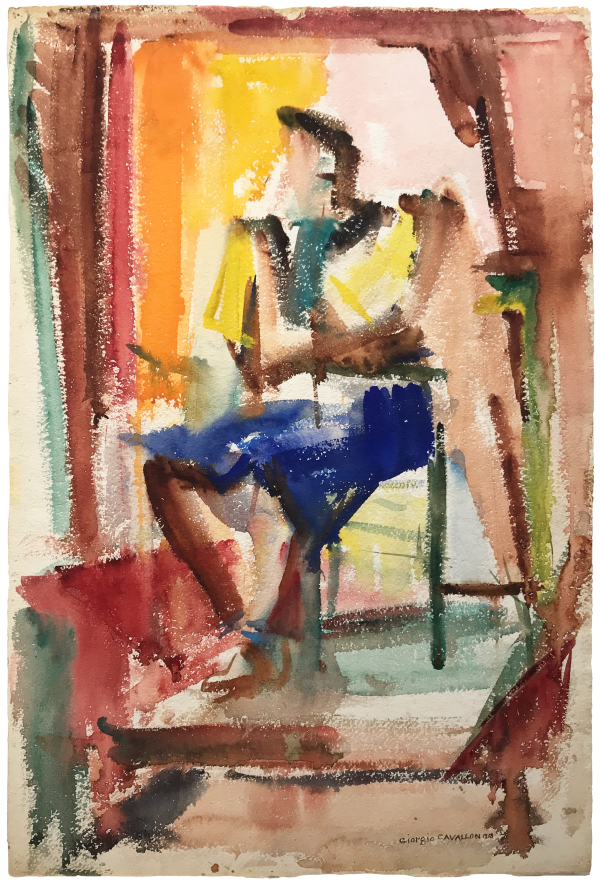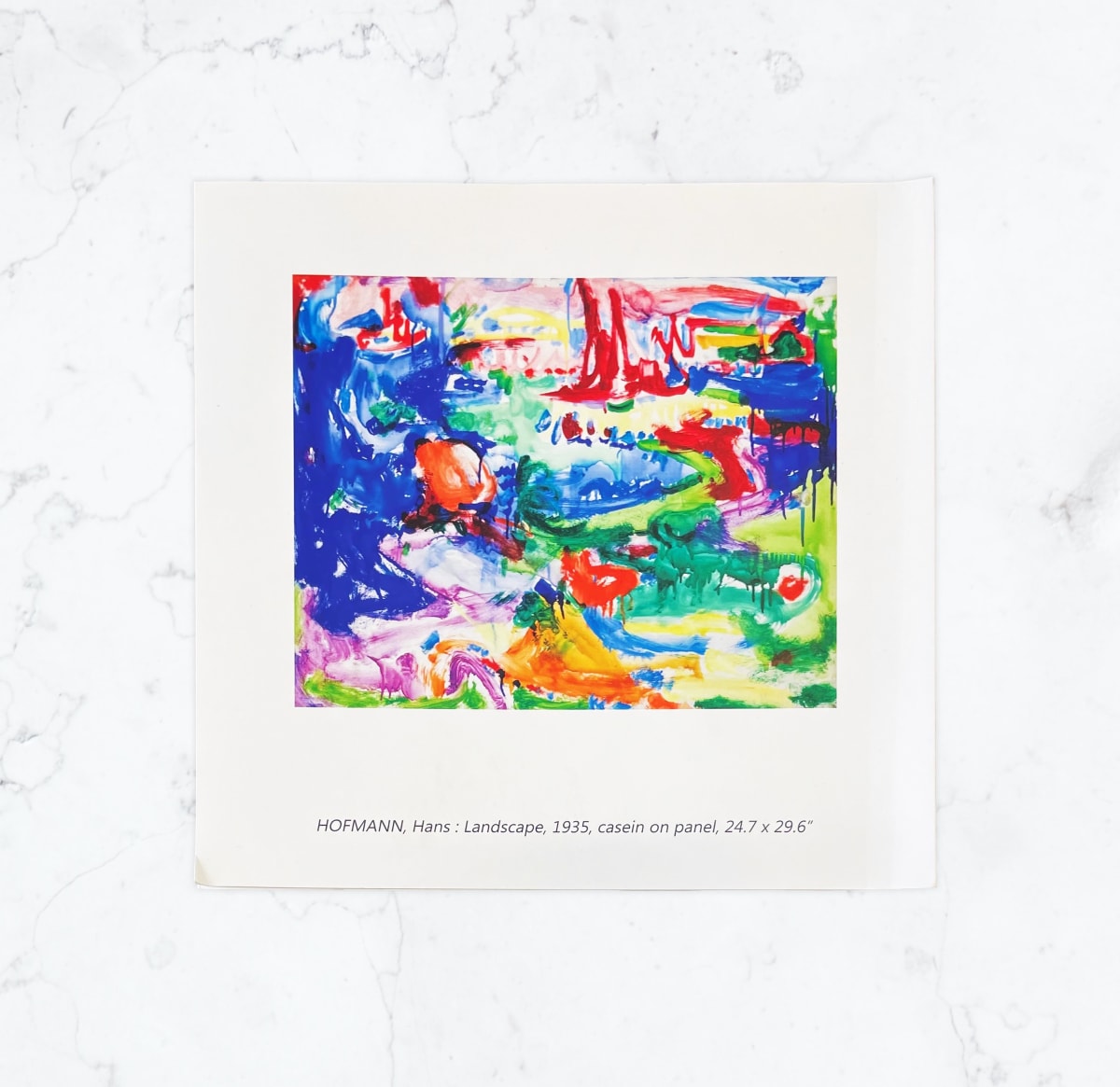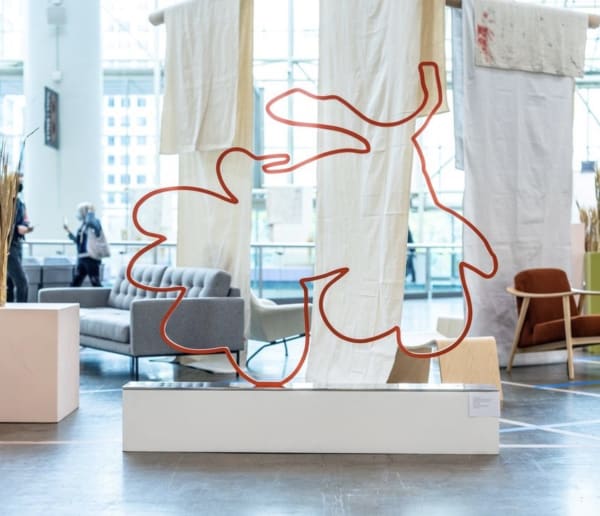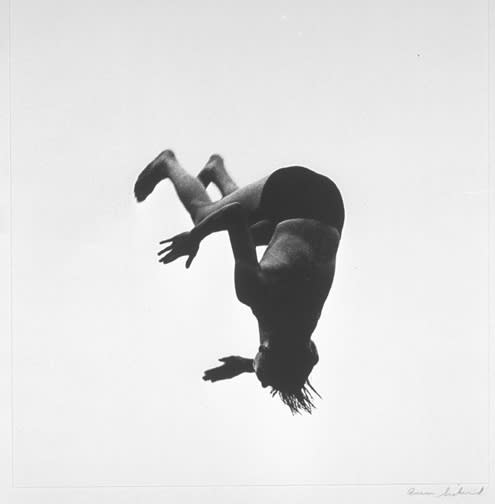Giorgio Cavallon Italian-American, 1904-1989
“The sequence of colored areas, though frequently blocked out as squares and rectangles, are part of a continuously expanding light… defined forms are freely suspended in a light-space continuum which has no perspectival structure whatsoever, no vanishing point, no periphery, no centre” (Licht, Tre artisti italo-americani, 17)
Giorgio Cavallon was born in Sorio, Italy and immigrated to the United States in 1920. He graduated from the National Academy of Design, New York in 1926 and moved to vibrant artistic community of Provincetown. In 1936 Cavallon participated in the formation of the American Abstract Artists group - a collective of artists who abandoned art history's traditional focus on subject matter. Instead, they were committed to illuminating the aesthetic qualities of their materials and to the production of beautiful ideas. By the end of the 1940s, Cavallon was connected with the early generation of New York School Abstract Expressionist artists. He was a charter member of The Club and participated in the Ninth Street Show in 1949.
Constantino Nivola notes that "the suffusion of light, the disembodiment of color, the energy with which the brush is applied are all hallmarks of American avant-garde painting during the forties and early fifties” (Licht, Tre artisti italo-americani, 15). However, Cavallon's youth in the countryside just west of Venice exerted a considerable influence on his lyrical use of colour (Licht, Tre artisti italo-americani, 14.
Cavallon's works feature soft and irregular woven rectangles, and his overall approach focuses on sensitivity toward form in space. Cavallon is praised for his unique signature style. In 1988, Cavallon was inducted into the American Academy and Institute of Arts and Letters in New York City.
Fred Licht, Tre artisti italo-americani : Giorgio Cavallon, Costantino Nivola, Italo Scanga (Milano: A. Mondadori, 1988).
Frank O'Hara, Art Chronicles, 1954-1966 (New York: G. Braziller, 1975).








